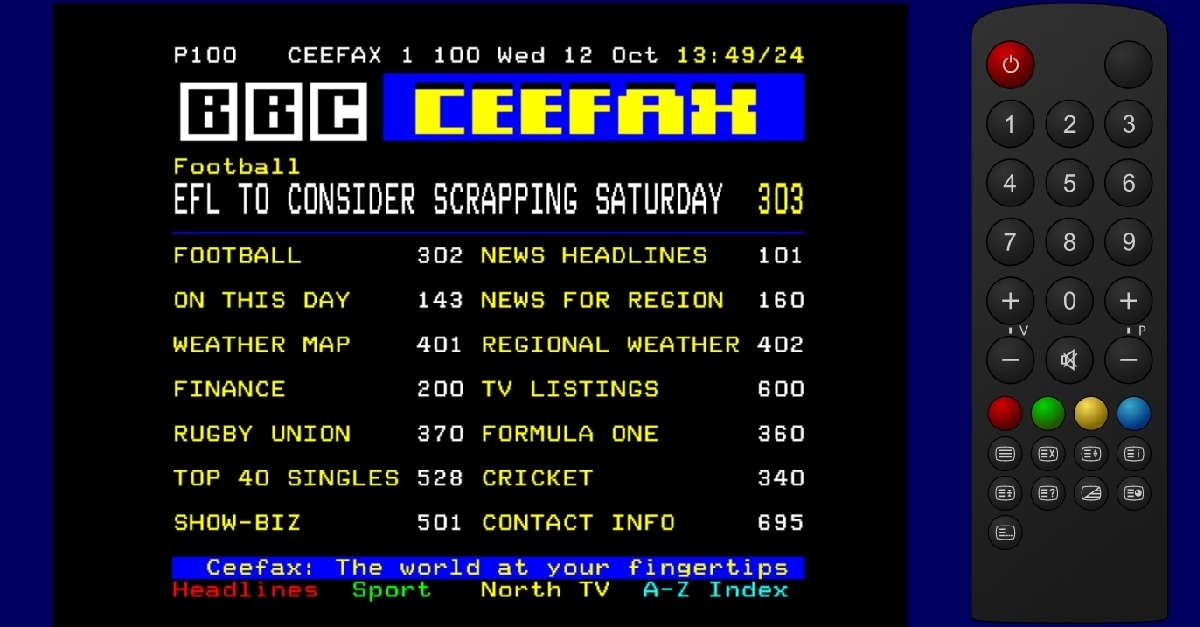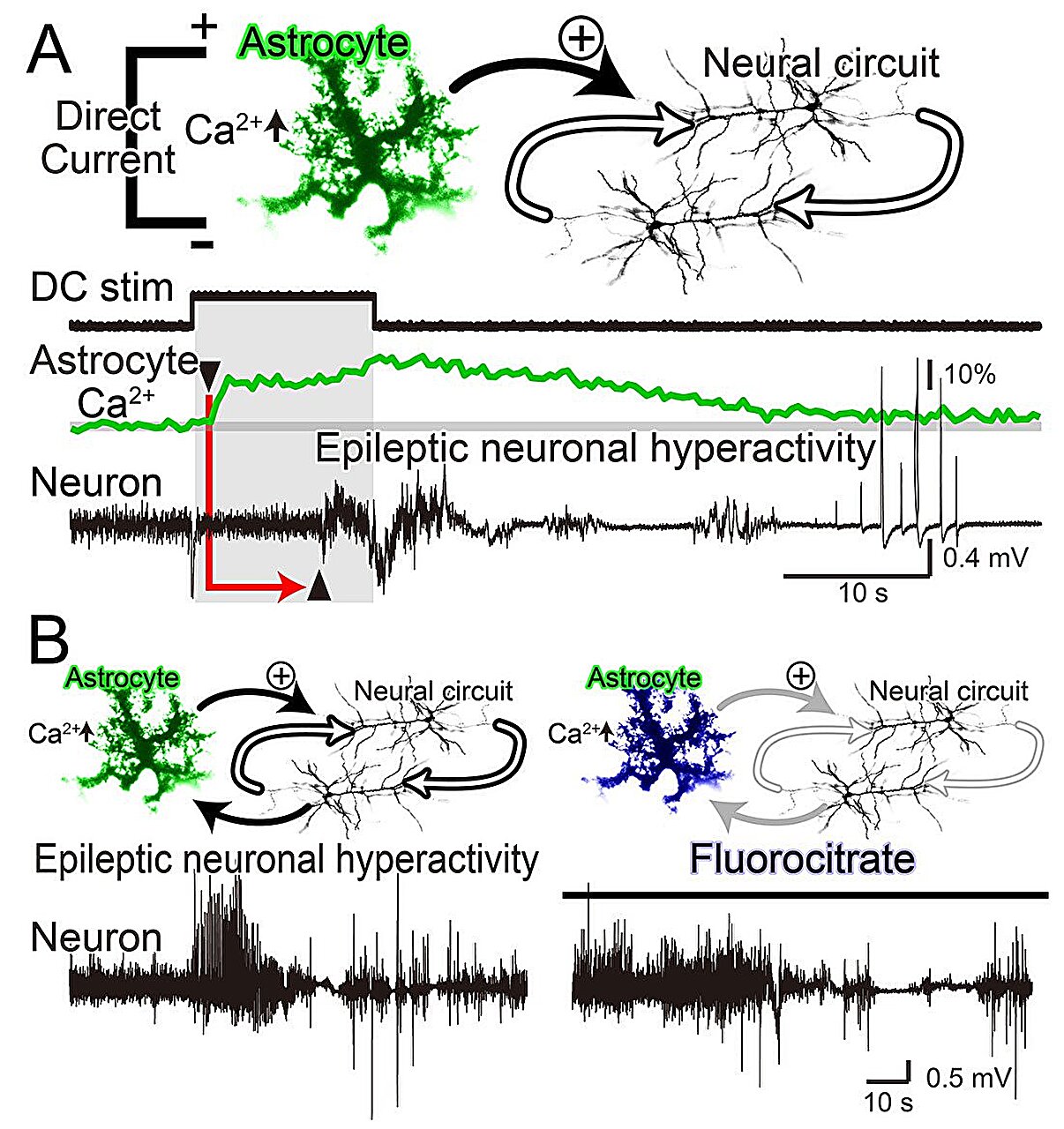
GEnie - Wikipedia
GEnie (General Electric Network for Information Exchange) was an online service created by a General Electric business, GEIS (now GXS), that ran from 1985 through the end of 1999. In 1994, GEnie claimed around 350,000 users.[1] Peak simultaneous usage was around 10,000 users. It was one of the pioneering services in the field, though eventually replaced by the World Wide Web and graphics-based services, most notably AOL.[2]
GEnie was founded by Bill Louden on October 1, 1985[3] and was launched as an ASCII text-based service by GE's Information Services division in October 1985, and received attention as the first serious commercial competition to CompuServe. Louden was originally CompuServe's product manager for Computing, Community (forums), Games, eCommerce, and email product lines. Louden purchased DECWAR source code and had MegaWars developed, one of the earliest multi-player online games (or MMOG), in 1985.
The service was run by General Electric Information Services (GEIS, now GXS) based in Rockville, Maryland. GEIS served a diverse set of large-scale, international, commercial network-based custom application needs, including banking, electronic data interchange and e-mail services to companies worldwide, but was able to run GEnie on their many GE Mark III time-sharing mainframe computers that otherwise would have been underutilized after normal U.S. business hours. This orientation was part of GEnie's downfall. Although it became very popular and a national force in the on-line marketplace, GEnie was not allowed to grow. GEIS executives steadfastly refused to view the service as anything but "fill in" load and would not expand the network by a single phone line, let alone expand mainframe capacity, to accommodate GEnie's growing user base. (Later, however, GE did consent to make the service available through the SprintNet time-sharing network, which had its own dial-up points of presence; an Internet-to-SprintNet gateway operated by Merit Network also made the text-based parts of the service available through telnet.)

















